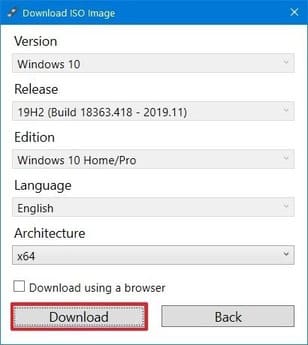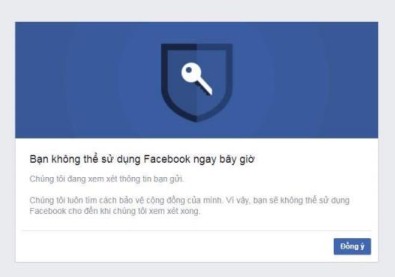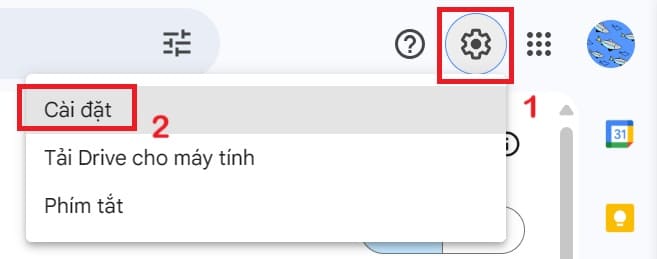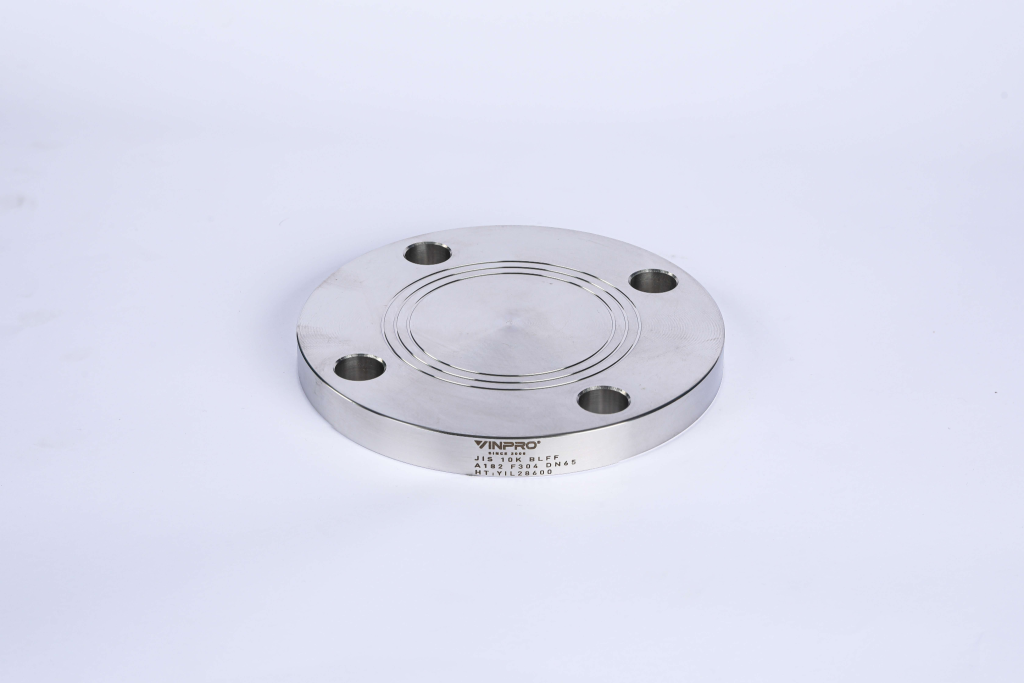UEFI is low-level software that starts running when you start your computer before the operating system is loaded. UEFI is a more modern version of BIOS for today's newer computer systems, supporting larger hard drives, faster boot times, better security, and a graphical interface and mouse control. . And that's the theory when you want to create a UEFI standard Windows installation USB.
| Join the channel Telegram belong to AnonyViet 👉 Link 👈 |
Normally when installing Windows 10, you will need a USB or CD/DVD to boot your PC and the Windows installer. However, if you are using a computer that has a fast Unified Extensible Firmware Interface, or UEFI for short, instead of a basic BIOS system, you must ensure that your storage device will work well with the motherboard's firmware. .
If you are using new firmware, you can also install Windows 10 from USB. You can use Microsoft's Media Creation Tool or Rufus to create a USB that supports both UEFI and legacy BIOS.
In this article, I will guide you to create a USB to install Windows in UEFI format using Media Creation Tool and Rufus.
Media Creation Tool is a tool to download and create a Windows installation USB from Microsoft. All you need is a USB with a minimum capacity of 8GB. If you don't have one, get up and go buy one right away and come back here to do the following steps:
- Open page download Windows 10.
- Under “Create Windows 10 installation media”, select Download the tool now.

- Double click on the file MediaCreationToolxxx.exe.
- Press Accept means you agree to Microsoft's terms.
- Select Create installation media (USB flash drive, DVD, or ISO file) for another PC.

- Select next Next.
- Unchecked Use the recommended options for your PC (if any).
- Change the language, architecture (32 or 64 bit), Windows 10 version you want.
 Small note: If you install Windows 10 both 64bit and 32bit, then in the section Architecture select Both.
Small note: If you install Windows 10 both 64bit and 32bit, then in the section Architecture select Both. - Press Next.
- Select USB flash drives.

- Select next Next.
- Select your USB. (If you don't see it, press Refresh drive list).

- Press Next.
- Press Finish.
Once you complete these steps, the software will download the necessary files and create a Windows 10 installation USB flash drive that supports UEFI and BIOS standards.
Use Rufus software to create UEFI standard USB
If Media Creation Tool doesn't work, you can use Rufus to create a Windows installation USB that supports UEFI. The only difference is that you can still create it with or without a Windows ISO file. But I will guide you both ways.
Windows 10 ISO
To create media using Windows 10 ISO file, you need USB with at least 8gb capacity and follow these steps:
- Open Rufus Homepage.
- In the “Dowload” section, select the latest version to download.

- Double click on the file Rufus-xxexe just downloaded.
- In the “Device” section, select the USB you have prepared.
- In the “Boot selection” section, select Select.
- Select the Windows 10 ISO file you have prepared.
- Select next Open.
- Select “Image option”. Standard Windows installation.
- In the “Partition scheme” section select GPT.
- In the “Target system” section select UEFI (non CSM).

- Select “Show Advanced drive properties” to customize advanced settings.
- In the “Volume label” section, enter the USB name after creation.
- Place “File system” and “Cluster size” as shown in the picture.
- Select Show advanced format options.
- Select “Quick format” and “Create extended label and icon files”.
- Select Start.
- Select next OK To confirm.
- Once completed press Close
Once you complete the steps, Rufus will create a Windows 10 installation USB for you with the ISO file you provided.
There is no Windows 10 ISO file
If you don't have a Windows 10 ISO file, don't worry. Rufus will automatically download the official Windows 10 ISO file from Microsoft to create a USB for you. What you need to do is perform the following steps:
- Open Rufus homepage.
- Download the latest version of Rufus.

- Double click on the Rufus file you just downloaded.
- In the “Device” section, select your USB (minimum 8gb).
- In the “Boot selection” section, click on the right arrow Selectselect Download.

- Press Download.
- Select “Version” to select Windows 10.
- Press Tiếp tục.
- Select 19H2 (Build 18363.418 – 2019.11) or higher version if desired.
- Press Tiếp tục.
- Select “Edition” to choose between 2 versions Windows 10 Home/Pro.
- Press Tiếp tục.
- Select “Language” and select the language for Windows 10.
- Press Tiếp tục.
- In the “Architecture” section select 32bit or 64bit
- Press Download.

- Select where to temporarily save the ISO file from Microsoft.
- Press Save.
- In the “Image option” section select Standard Windows installation.
- In the “Partition scheme” section select GPT.
- In the “Target system” section select UEFI (non-CSM).

- Do the same as above from step 11 to the end.
After performing the above steps, the software will automatically download the Windows 10 ISO file from the Microsoft homepage. After that, it will create a UEFI standard Windows 10 installation USB for you.
Now that you have a UEFI standard USB, you can reinstall your Windows 10 or update it.
If you want to install Ubuntu alongside Windows, read on. this paragraph.



 Small note: If you install Windows 10 both 64bit and 32bit, then in the section Architecture select Both.
Small note: If you install Windows 10 both 64bit and 32bit, then in the section Architecture select Both.














